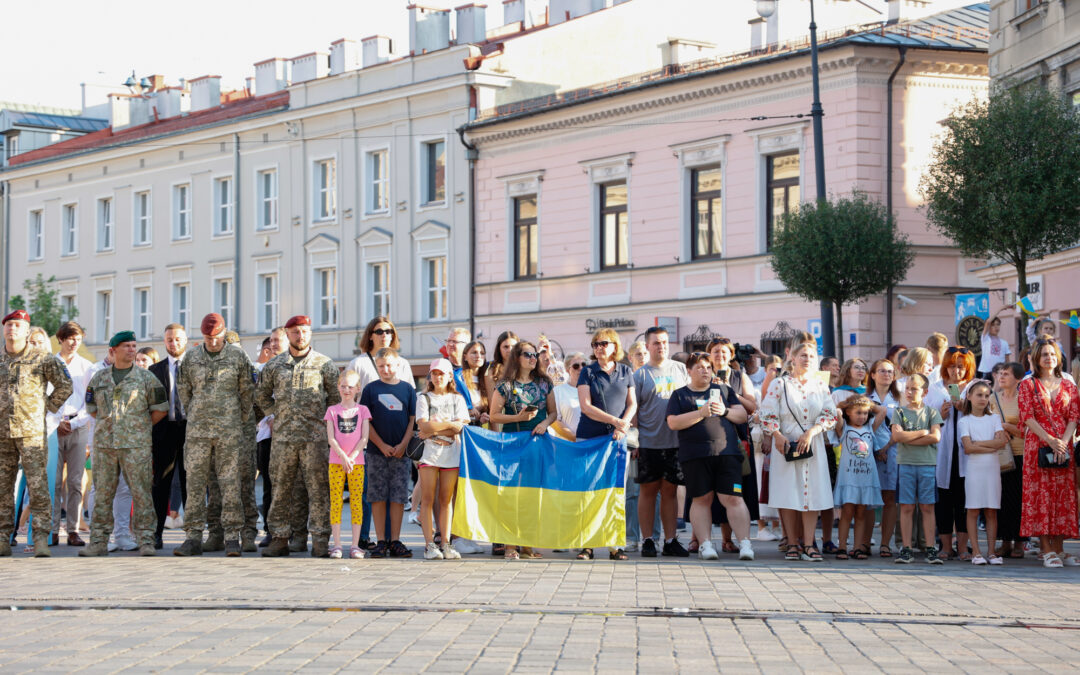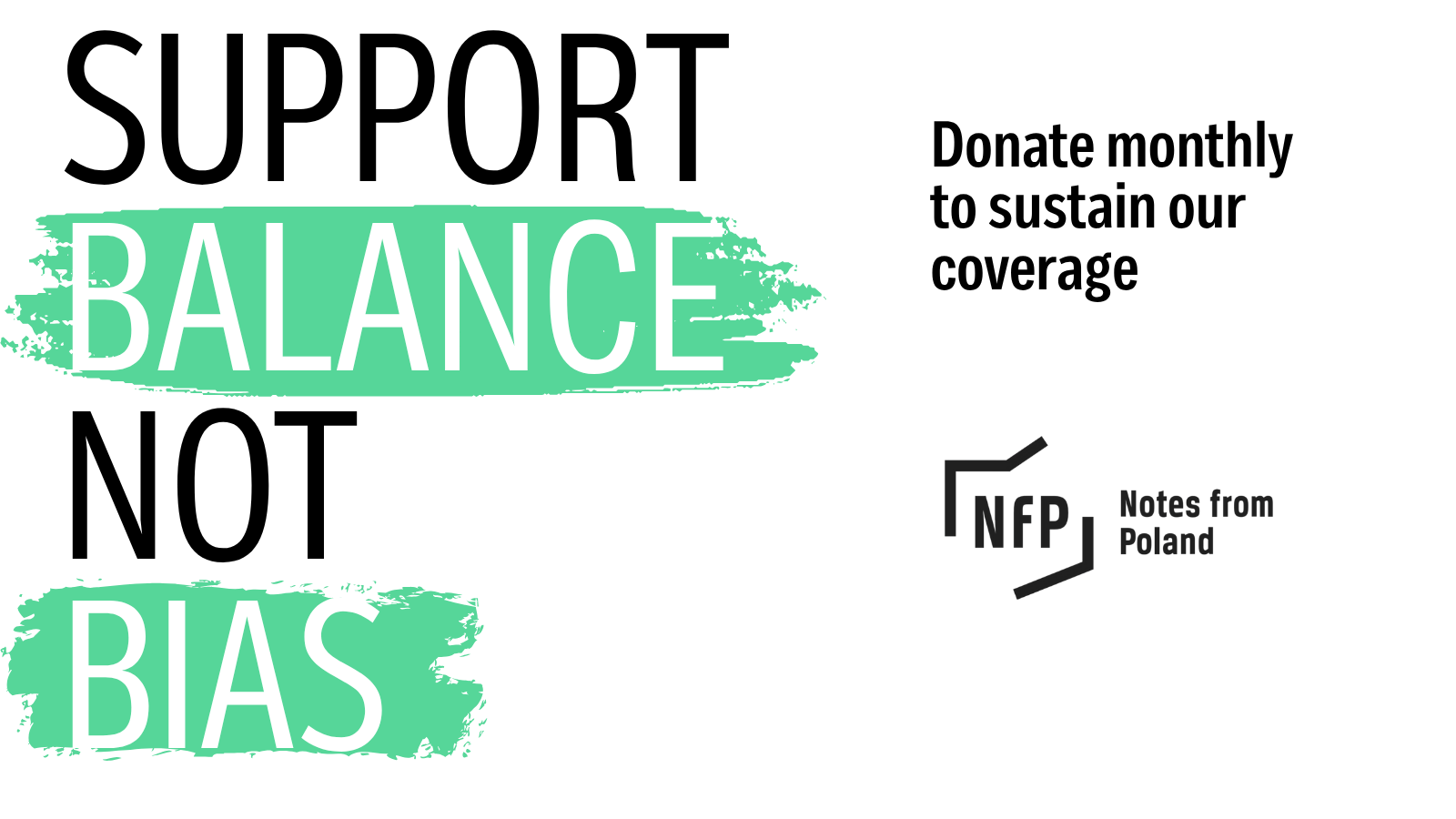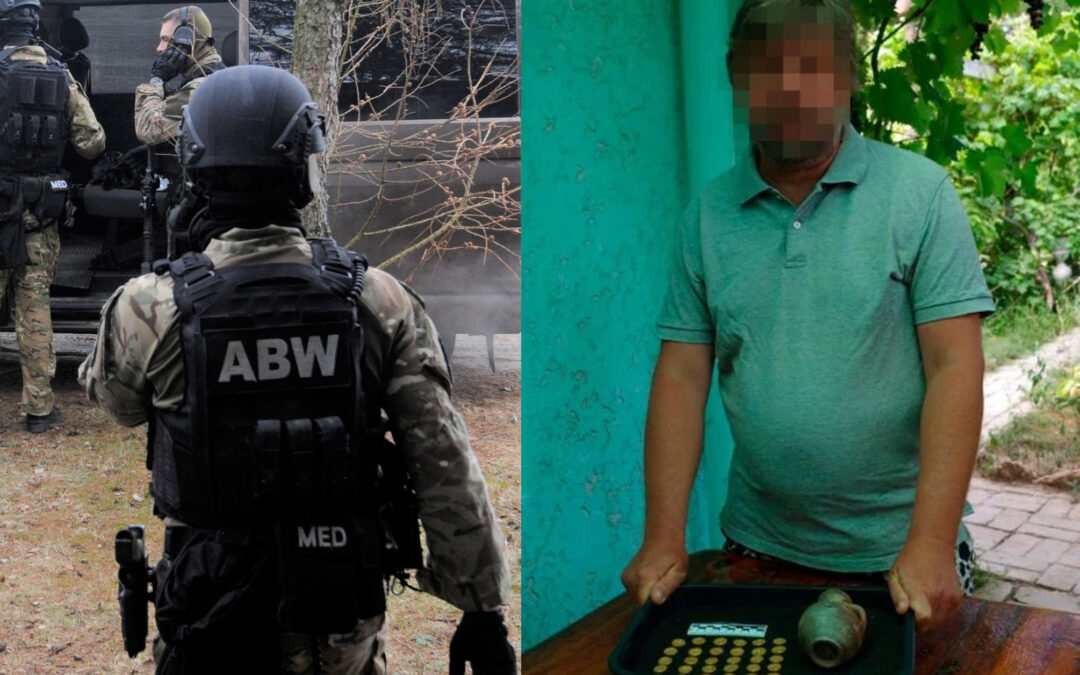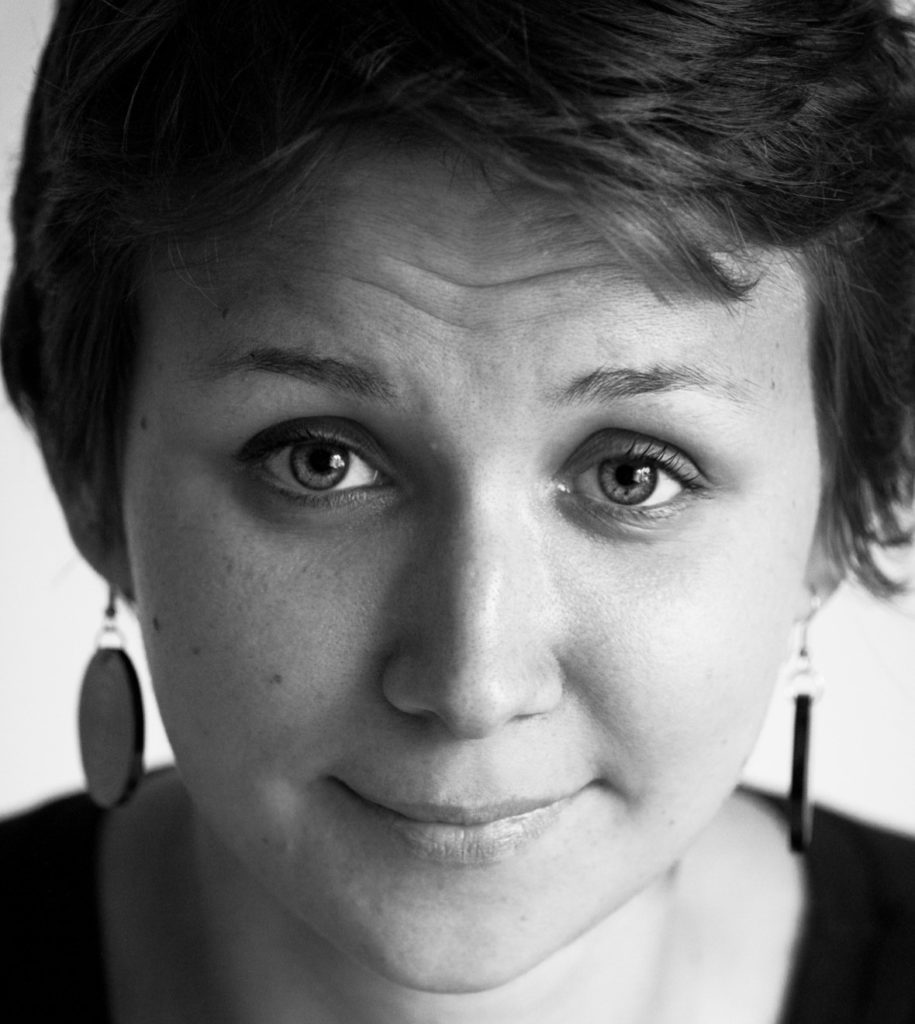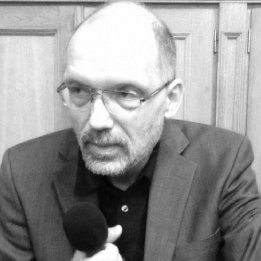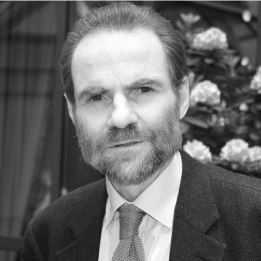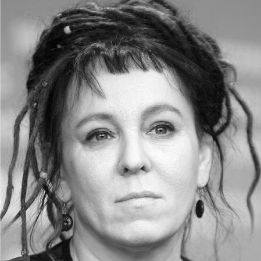Keep our news free from ads and paywalls by making a donation to support our work!

Notes from Poland is run by a small editorial team and is published by an independent, non-profit foundation that is funded through donations from our readers. We cannot do what we do without your support.
Poland has the highest rate of employment for Ukrainian refugees among countries in the Organisation for Economic Co-operation and Development (OECD) that received large numbers of people fleeing Russia’s invasion of Ukraine.
In its latest migration report, the OECD also notes that Poland has one of the highest rates of employment among immigrants as a whole, as well as experiencing some of the highest levels of immigration among the 38 countries belonging to the organisation.

In 2024, 78% of displaced Ukrainians in Poland were employed, notes the OECD, using data from Poland’s central bank. The next highest figures were recorded in Lithuania (72%) and the UK (69%). Spain (17%), Switzerland (28%) and Norway (31%) had the lowest figures.
Poland was the primary initial destination for the millions of people who fled Ukraine in the aftermath of Russia’s full-scale invasion in 2022. It still hosts almost a million Ukrainian refugees, second only to Germany, which has around 1.2 million (and an employment rate of just 31% among them).
Earlier this year, a study published by the UN refugee agency (UNHCR) and accounting firm Deloitte showed that Ukrainian refugees boosted the size of Poland’s economy by 2.7% in 2024.
Poland’s National Development Bank (BGK) has also found that Ukrainians – including both refugees and non-refugees – pay more into the Polish state budget in taxes than they receive in benefits and contribute between 0.5% and 2.4% to Poland’s annual GDP growth.
In its report, the OECD also notes that the overall rate of employment of immigrants in Poland is 78.4%, well above the organisation’s average of 70.9% and the EU average of 67.9%.
Only Iceland (84.7%), New Zealand (80.6%), Czech Republic (79.0%) and Hungary (78.6%) have higher figures than Poland among OECD countries. The lowest rates were found in Turkey (44.6%), Mexico (53.6%), Belgium (61.7%), Greece (62.2%) and France (63.0%).
The data also showed that the employment rate among immigrants in Poland was 6.6 percentage points higher than among native-born people. That was the fourth-highest figure among OECD countries, most of which had a higher employment rate among natives than immigrants.
The OECD report also highlighted how immigration to Poland has boomed over the last decade. In 2023, there was a foreign population inflow of 374,100 to Poland, up from 46,600 in 2013. Poland’s 2023 figure was the eighth highest among OECD countries.

Asylum claims have also risen significantly. In 2024, Poland received 14,445 requests for asylum, up from 2,765 in 2019. That increase, of 422%, was the third highest in the OECD, behind only Estonia (1,230%) and the United States (459%).
Poland’s current government, which came to power at the end of 2023, has, however, introduced a tougher new migration strategy intended to reduce the number of immigrants and asylum seekers coming to Poland.
It has toughened visa requirements and introduced a ban on asylum claims by people who cross the border irregularly. Recent EU data show that Poland last year issued its lowest number of first residence permits to immigrants from outside the EU in a decade, though the figure was still the third highest in the EU.
In September, Poland introduced a law extending support for Ukrainian refugees but making access to certain social benefits for them and other foreigners conditional upon being in employment.
Poland last year issued its lowest number of first residence permits to immigrants from outside the EU since 2014, as @donaldtusk's government sought to clamp down on migration.
Its total of 490,000 permits was, however, still the third highest in the EU https://t.co/reDmBlcGsT
— Notes from Poland 🇵🇱 (@notesfrompoland) September 16, 2025

Notes from Poland is run by a small editorial team and published by an independent, non-profit foundation that is funded through donations from our readers. We cannot do what we do without your support.
Main image credit: Lubelski Urząd Wojewódzki w Lublinie (under CC BY-NC-ND 3.0 PL)

Daniel Tilles is editor-in-chief of Notes from Poland. He has written on Polish affairs for a wide range of publications, including Foreign Policy, POLITICO Europe, EUobserver and Dziennik Gazeta Prawna.
